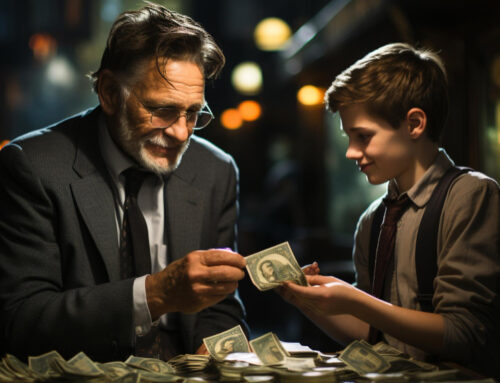As the 2021 pro football season kicks off, the Tampa Bay Buccaneers will start at quarterback a man who by all standard measures is middle-aged. But if 44-year-old Tom Brady plays like he did last season, his team should do very well.
Even if you don’t follow sports this is an extraordinary story. Brady’s win in last year’s NFL Championship Game came 19 years after his first Super Bowl win in 2002. The most amazing thing is how little he has seemed to have changed—especially when compared to how business landscape has evolved.
Jon Erlichman, anchor of BNN Bloomberg’s “The Open,” has observed that many of the giant companies that paid more than $2 million for a 2002 Super Bowl commercial are either no longer around or have become shadows of their former selves.
That list includes once dominant companies like AOL, Blockbuster, Radio Shack, Circuit City, Yahoo, and Sears.
Jon Miltimore, writing for the Foundation for Economic Education (FEE), argues that this decline and failure of corporations is actually a sign of a healthy economy.
“Watching companies we once shopped at flounder and fail,” he writes, “can be surprising, jarring even. But a closer look shows this cycle is just part of a healthy market economy, not a dysfunctional one.”
It’s a vivid picture of economist Joseph Schumpeter’s principle of “creative destruction.” Old business models fall apart as they are replaced by newer, better ones.
One example Miltimore points out from the list of 2002 Super Bowl advertisers is Blockbuster Video. At its peak in 2004 the movie rental giant operated 9,094 stores with an annual revenue of $6 billion.
But there was a problem. $800 million of that revenue was in late fees. They helped maintain the chain’s low rental prices, but customers hated how they were penalized for returning late videos.
One of these customers was software executive Reed Hastings. In the late 1990s, he misplaced a tape of Apollo 13 he had rented from Blockbuster. And by the time he found it and returned it six weeks later, he owed the store $40 in late fees. It was several times the price of owning a new copy outright.
Even though he knew it was his fault, this penalty irked Hastings. Within a few years he cofounded Netflix and adopted a no-late-fee business model.
Today, Netflix has annual revenue of $25 billion. Blockbuster has a single store. And arguably consumers, who get unlimited access to far more programming, are the winners.
Who knows which of today’s leading companies will even be around in 20 years?
That’s why we avoid the impossible task of picking tomorrow’s winners from thousands of freely-traded stocks worldwide. Instead of finding the next “Netflix”, own a broadly diverse strategy that is designed for creative destruction.



